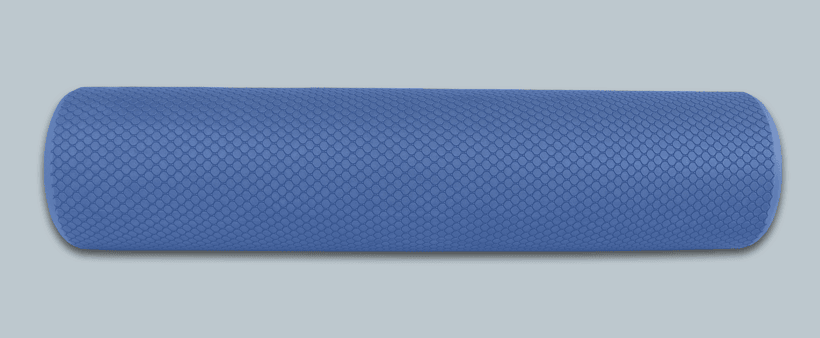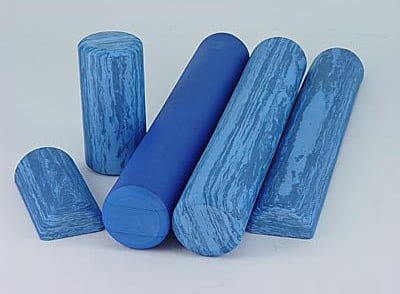Physiotherapy Foam Roller
Self-myofascial release, also known as “foam rolling,” has transformed from a once mysterious technique used only by professional athletes, coaches, and therapists to a familiar everyday practice for people at all levels of fitness. Foam rolling is a term for an easy to perform self-massage done to release muscle tightness or trigger points. This technique is particularly useful in settings like the sports field, the home, and the gym. In recent years foam rollers have also become a useful aid in Pilates.
What Does Foam Rolling Do?
The concept behind the foam roller is to apply pressure over areas of muscle tightness and other injured or tight soft tissue throughout the body. As a result of chronic poor posture or injury, soft tissues such as muscles and tendons can become tight and painful, so the foam roller can help you to effectively self manage pain and reduce areas of tightness by creating a mechanical movement and pressure similar to massage. By applying pressure to specific points on your body you are able to aid in the recovery of muscles and assist in returning them to normal function.
How to Use a Foam Roller
Rolling is usually done on the thoracic and lumbar spine, the gluteal muscles, hamstrings, quadriceps, iliotibial band, and calf. The foam rollers make it possible to reach and apply pressure to these hard to reach areas. It is essential to use the foam roller effectively to avoid any potential exacerbation of injury or increased tightness and pain.
When you initially use the foam roller, it is advised to apply gentle pressure and only roll over each area for a short duration. Approximately 3 rounds of 30 seconds once a day over each area would normally be a good start. It is essential that the rolling is only focused over areas of soft tissue avoiding bony prominences, such as the top part of the hip and the external area of the knee. The position of your body while rolling, as well as your breathing, should be relaxed and comfortable. If you have an acute injury, it is best to avoid rolling over this area to allow the inflammation to settle first. If you are looking to use the foam roller and believe it may assist your recovery, the best place to start is with your physiotherapist who will give you expert advice and educate you on the correct technique and position.
For more information about how a foam roller can assist your recovery, speak to one of the physiotherapists at First Choice Health.

